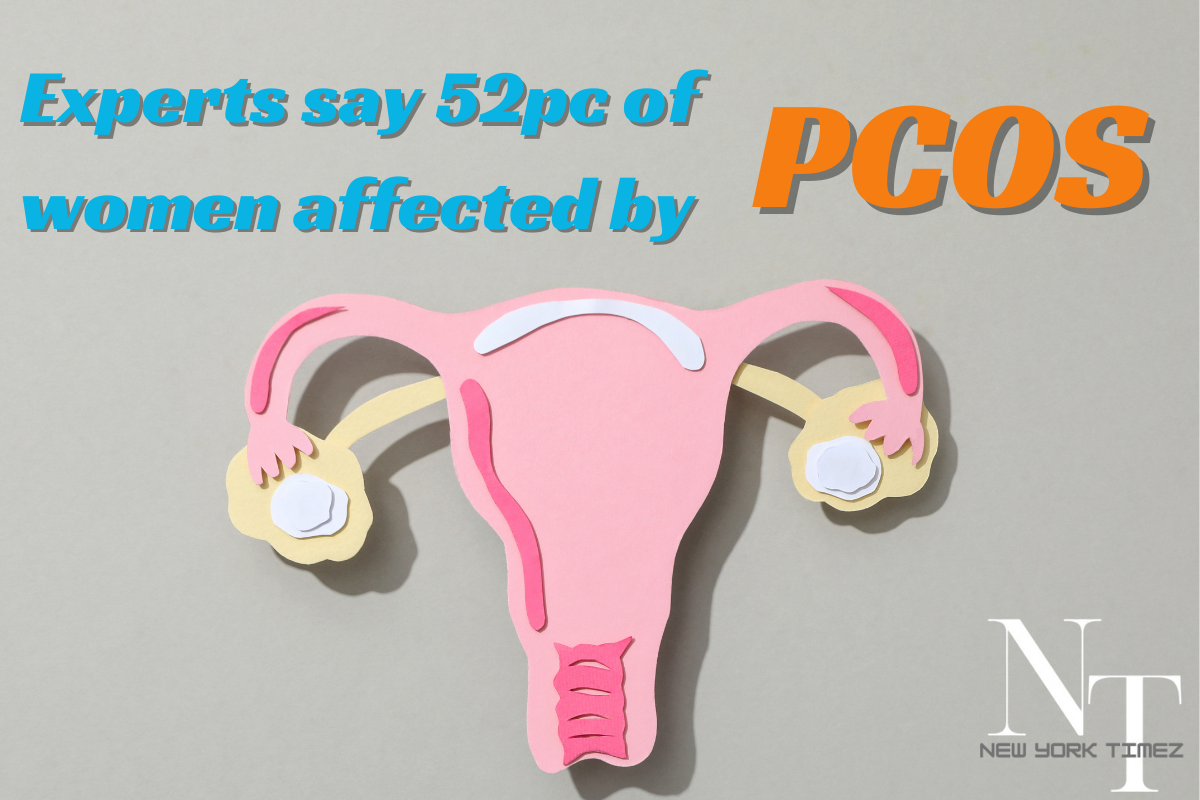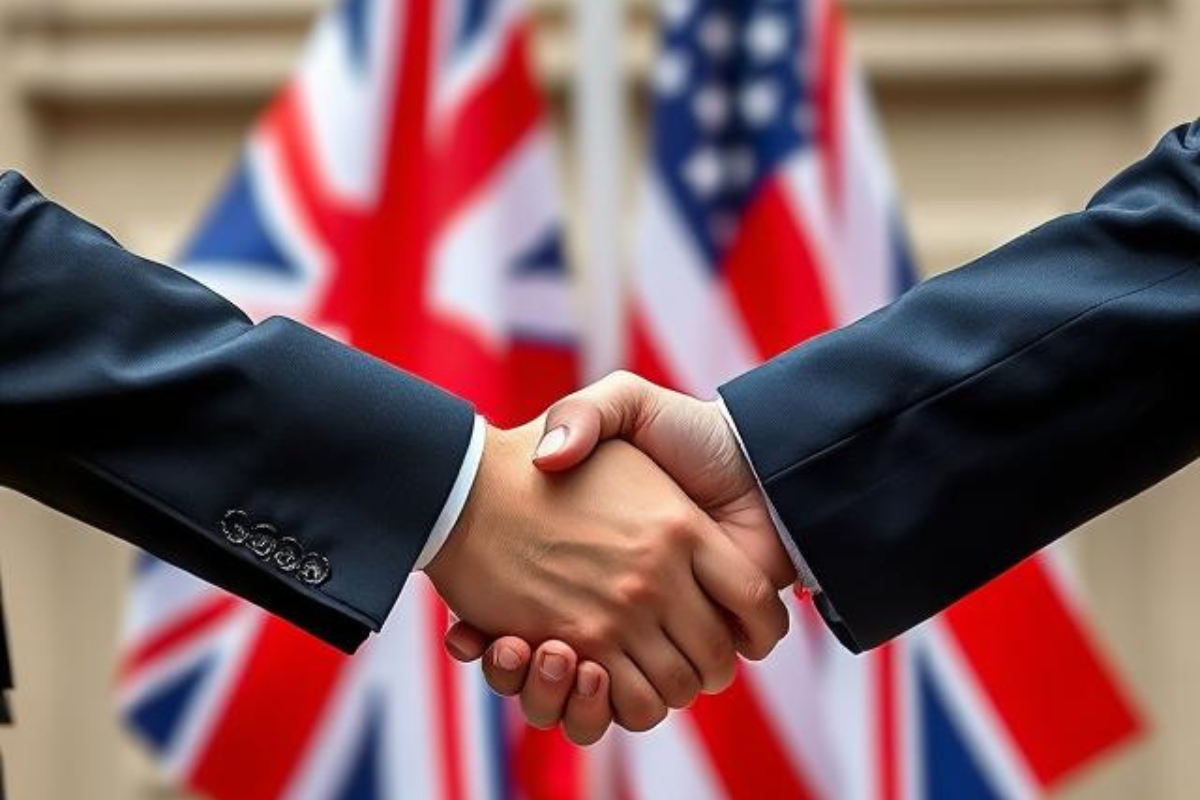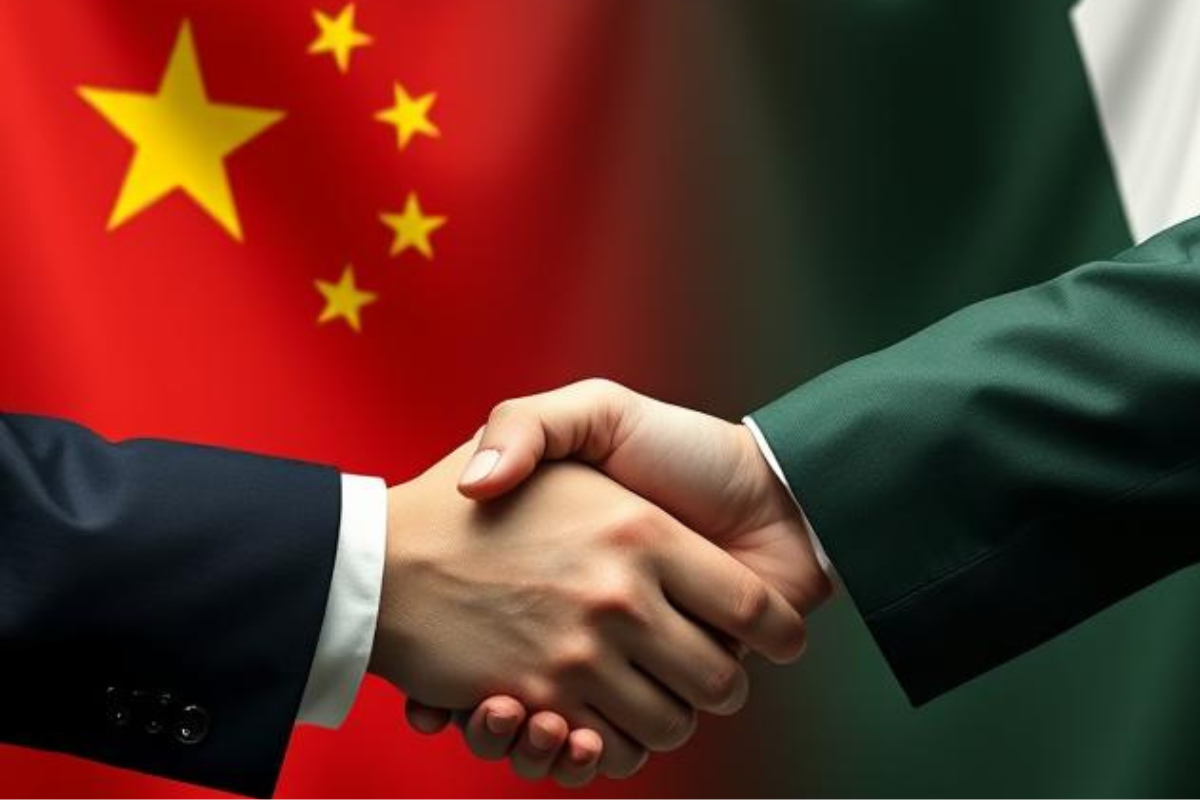
Trump’s Threat of High Tariffs on the European Union and Apple Sparks Trade Tensions
US President Donald Trump has said he might put very high taxes, called tariffs, on goods coming into the US from the European Union (EU). He said these tariffs could be as high as 50% on many products from the EU. He also threatened a 25% tariff on Apple products, like iPhones, unless Apple starts making these phones inside the United States.
This is part of Trump’s effort to protect American jobs and industries. He wants companies to build products in the US instead of other countries.
Trump’s Announcement on Social Media
Trump shared this news on his social media platform called Truth Social. He said that talks with the EU about trade were not going anywhere. Because of this, he plans to start charging a 50% tariff on products imported from the EU starting June 1, 2025. He also said that if a product is made in the US, then no tariff will be charged.
This shows Trump is trying to pressure other countries to make products in America or face high taxes.
Why Are Tariffs Important?
Tariffs are taxes put on products when they cross a country’s border. When a country adds tariffs, it makes imported goods more expensive. This can help local companies because their products become cheaper compared to the taxed imports. But tariffs can also make products more expensive for consumers who buy them.
In this case, Trump wants to make European goods more expensive in the US to encourage companies and consumers to buy American-made products instead.
Also Read:- Nvidia CEO Jensen Huang Slams US Chip Export Policy at Computex 2025
Higher Tariffs on EU Than China
Interestingly, the 50% tariff on the EU is higher than what the US charges China. China is often seen as a rival to the US, especially in trade. Recently, the US lowered tariffs on Chinese goods to 30% to allow trade talks to continue. But now, the EU might face even higher tariffs than China, which is unusual because the EU is a close ally of the US.
This move shows Trump’s frustration with the slow progress in trade talks with Europe.
Problems in Trade Talks with the EU
Trade talks between the US and the EU have been difficult. The EU has suggested that both sides remove tariffs completely. But Trump has insisted on keeping at least a 10% tariff on many imports.
Because of this disagreement, Trump decided to threaten much higher tariffs, which could hurt the EU’s exports to the US.
How These Tariffs Could Hurt the EU
Experts say these new tariffs could harm the European economy. If the EU’s products become much more expensive in the US, fewer Americans will buy them. This means European companies could lose business.
Also, some experts believe the EU should work more closely with China and other countries to resist Trump’s tough trade policies. But so far, the EU has been hesitant and has tried to make small concessions, which Trump sees as weakness.
Trump’s Threat to Apple
Before threatening the EU, Trump specifically targeted Apple. He said Apple must make iPhones in the US, or they will have to pay a 25% tariff on iPhones sold in America.
Trump told Apple’s CEO, Tim Cook, that he expects iPhones sold in the US to be built in America, not in countries like India or China. If Apple does not do this, the company will have to pay a big tax.
Why Trump Targets Apple?
Apple is a huge company and a big part of the US economy. Trump has been angry that Apple makes most of its iPhones in other countries, especially in Asia. He believes if Apple builds iPhones in America, it will create more jobs for Americans.
However, making iPhones in the US would be expensive and complicated.
How Tariffs Affect Apple and Consumers?
Tariffs usually mean that the importer has to pay a tax on goods coming into the country. Sometimes companies pay the tariff themselves, but often they pass the extra cost to customers by raising prices.
Trump said Apple would have to pay the tariff if it doesn’t move production to the US. This would likely make iPhones more expensive for buyers in America.
Tariffs Could Hit Other Phone Makers Too
Trump also said that his proposed 25% tariff would apply to other smartphone makers, like Samsung. This means many phones imported into the US could become more costly.
Apple’s Current Production Plans
Apple said most iPhones sold in the US now come from India, with other devices like iPads coming from Vietnam. This is part of Apple’s effort to diversify its production outside of China.
But if Apple had to move all iPhone production back to the US, it could take years and cost a lot of money.
Possible Price Increases for iPhones
Some experts say that if Apple makes iPhones in the US, prices could increase dramatically. For example, a $1,200 iPhone could cost as much as $3,500 because of higher labor and manufacturing costs in America.
This price increase would likely make it hard for many people to buy new iPhones.
Experts Say Moving Production is Difficult
Analysts believe it would take 5 to 10 years for Apple to shift all its iPhone manufacturing to the US. This makes Trump’s demand seem unrealistic in the short term.
Some even call the idea of Apple moving production to the US a “fairy tale” because of how complex and expensive it would be.
Trump’s Changing Attitude Toward Apple
Earlier, Trump praised Apple for promising to invest $500 billion in the US, especially in new technologies like artificial intelligence. But recently, he has criticized Apple for building factories in India and other countries.
Trump told a crowd that he was upset with Tim Cook for moving production outside the US despite the large investments.
How the EU Reacted to Trump’s Threats?
European leaders have spoken out against Trump’s tariff threats. Germany’s Foreign Minister said tariffs would hurt both the US and Europe and hurt economic growth.
He said the EU wants to keep access to the US market and prefers negotiating to solve trade problems.
The Dutch Prime Minister also expects the EU to respond firmly but calmly to the new US tariffs.
Businesses Warn About Tariff Effects
European companies like Volvo warned that the tariffs would increase prices for customers and make it harder to sell European products in the US.
For example, Volvo said tariffs would limit its ability to sell a popular electric car made in Belgium in the US.
Stock Markets Fall After Tariff News
After Trump’s tariff announcement, stock markets in the US and Europe dropped. Big US tech companies like Apple lost value. European companies such as SAP, Novo Nordisk, LVMH, and Hermes also saw their stock prices fall.
This shows investors are worried about the impact of these tariffs on business and the economy.
What Could Happen Next?
If Trump moves forward with these tariffs, trade between the US and Europe could become more difficult. Higher prices might lead to less buying of European goods by Americans and could hurt businesses on both sides.
Both the US and the EU will likely continue to try to negotiate to avoid a full trade war.






















































